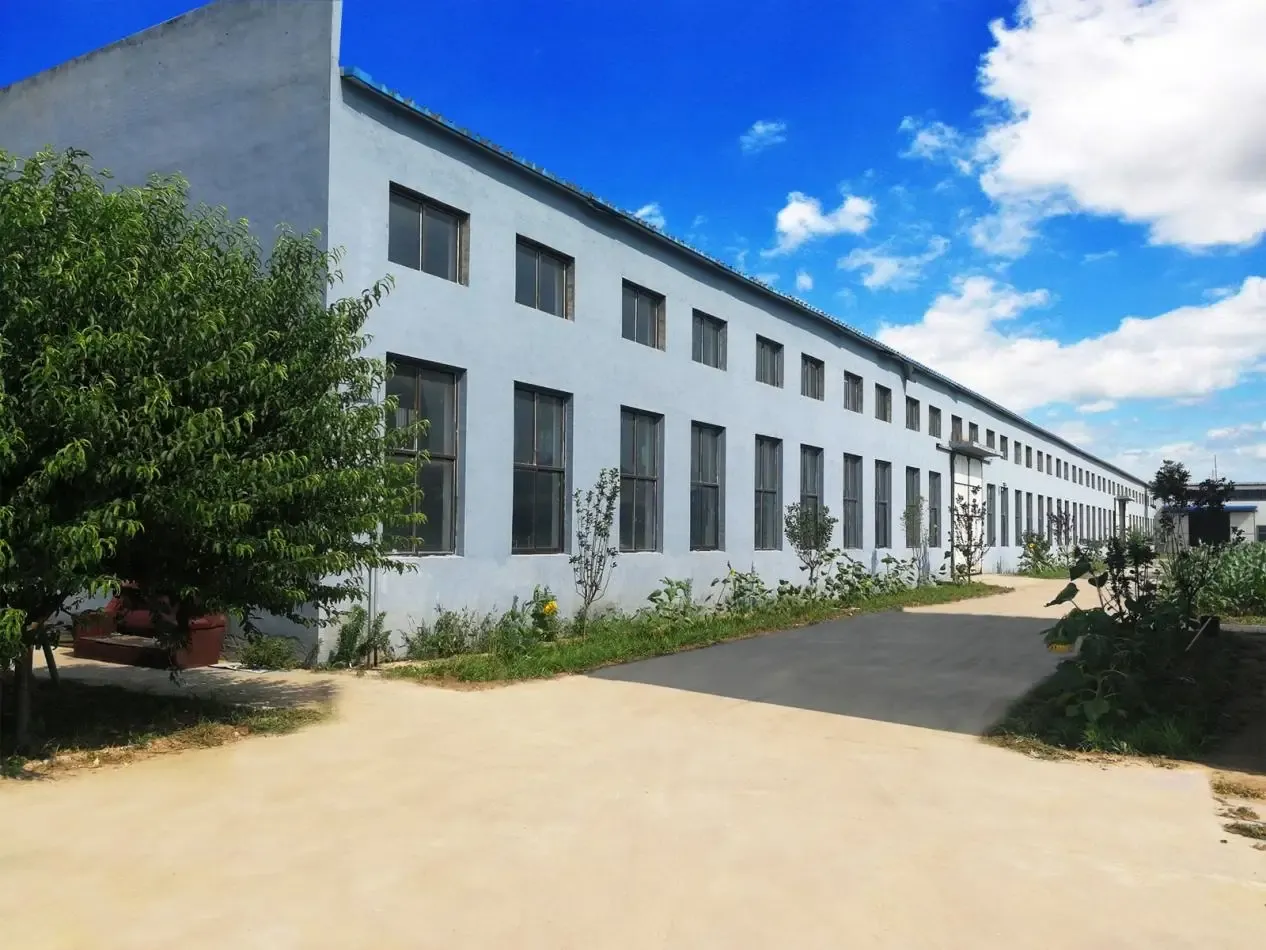11 月 . 04, 2024 13:05 Back to list
Cable and Wire Production Techniques for Modern Manufacturing Needs
The Cable and Wire Manufacturing Industry An Overview
The cable and wire manufacturing sector is a crucial component of many industries, providing the essential components necessary for effective connectivity and power transmission. From construction to telecommunications, the impact of cables and wires is pervasive, enabling the functioning of modern society. This article will explore the manufacturing processes, types of cables produced, and the industry’s future trends.
Manufacturing Processes
The manufacturing of cables and wires involves several steps, each designed to ensure the final product is durable, efficient, and meets safety standards. Traditionally, the process begins with the selection of raw materials, which typically include copper or aluminum for conductors and various polymers for insulation. The choice of materials often depends on the cable's intended application—copper is preferred for its excellent conductivity, while aluminum is valued for its lightweight and cost-effectiveness.
Once the materials are selected, the manufacturing process can begin. The first step is wire drawing, where metal rods are pulled through a series of dies to reduce their diameter and increase their length. This process is critical as it determines the wire's final thickness and mechanical properties.
After the wire is drawn to the desired gauge, it is then coated with insulation material. This step can involve a variety of polymer extrusion techniques, where melted polymer is applied to the wire surfaces. The insulation is essential for preventing electrical short circuits and protecting the wire from environmental factors such as moisture and heat.
Finally, the cables are assembled into their final forms. This may involve twisting multiple wires together for multi-core cables or adding protective sheathing for outdoor applications. Quality control measures are implemented throughout the production process to ensure that the cables meet industry standards.
Types of Cables
The cable manufacturing industry produces a diverse range of products, catering to various sectors. Some of the most common types include
1. Power Cables These cables are designed to transmit electrical power and are commonly used in power distribution and transmission systems. They can be underground, overhead, or submarine, each serving specific applications.
cable wire manufacture

2. Telecommunications Cables This category includes fiber optic cables and copper-based cables used for data and signal transmission in telephone and internet networks. Fiber optic cables, in particular, have gained popularity for their ability to transmit vast amounts of data over long distances with minimal loss.
3. Control Cables Often used in automation and control systems, these cables help control electrical devices and machinery. Their design allows for multiple conductors, providing the flexibility needed for complex systems.
4. Instrumentation Cables These are used for transmitting data and signals in process control environments. They often feature additional shielding to protect against electrical interference.
5. Industrial Cables Used in harsh environments, these cables are designed to withstand extreme temperatures, chemicals, and mechanical stresses. They are crucial in sectors such as oil and gas, mining, and manufacturing.
Future Trends
As technology continues to advance, the cable and wire manufacturing industry is evolving rapidly. One significant trend is the increasing demand for sustainable and environmentally friendly materials. Manufacturers are exploring alternatives such as recycled metals and biodegradable polymers to reduce the industry’s carbon footprint.
Moreover, the growth of renewable energy sources like wind and solar power is driving the demand for specialized cables. These cables require unique designs and specifications to effectively transmit energy from generation points to the grid.
Another emerging trend is the integration of smart technologies within cable systems. With the rise of the Internet of Things (IoT), manufacturers are developing cables that can monitor data in real time, contributing to smarter infrastructure and improved energy management.
In conclusion, the cable and wire manufacturing industry plays an indispensable role in the global economy. With continuous advancements in technology and growing demands for sustainability, this sector is poised for significant developments in the years to come. As society becomes increasingly interconnected, the importance of reliable and innovative cable solutions will only continue to rise.
Share
-
Understanding the Differences Between Wafer Type Butterfly Valve and Lugged Butterfly ValveNewsOct.25,2024
-
The Efficiency of Wafer Type Butterfly Valve and Lugged Butterfly ValveNewsOct.25,2024
-
The Ultimate Guide to Industrial Swing Check Valve: Performance, Installation, and MaintenanceNewsOct.25,2024
-
Superior Performance with Industrial Swing Check Valve: The Essential Valve for Any SystemNewsOct.25,2024
-
Industrial Swing Check Valve: The Ideal Solution for Flow ControlNewsOct.25,2024
-
You Need to Know About Industrial Swing Check Valve: Functionality, Scope, and PerformanceNewsOct.25,2024